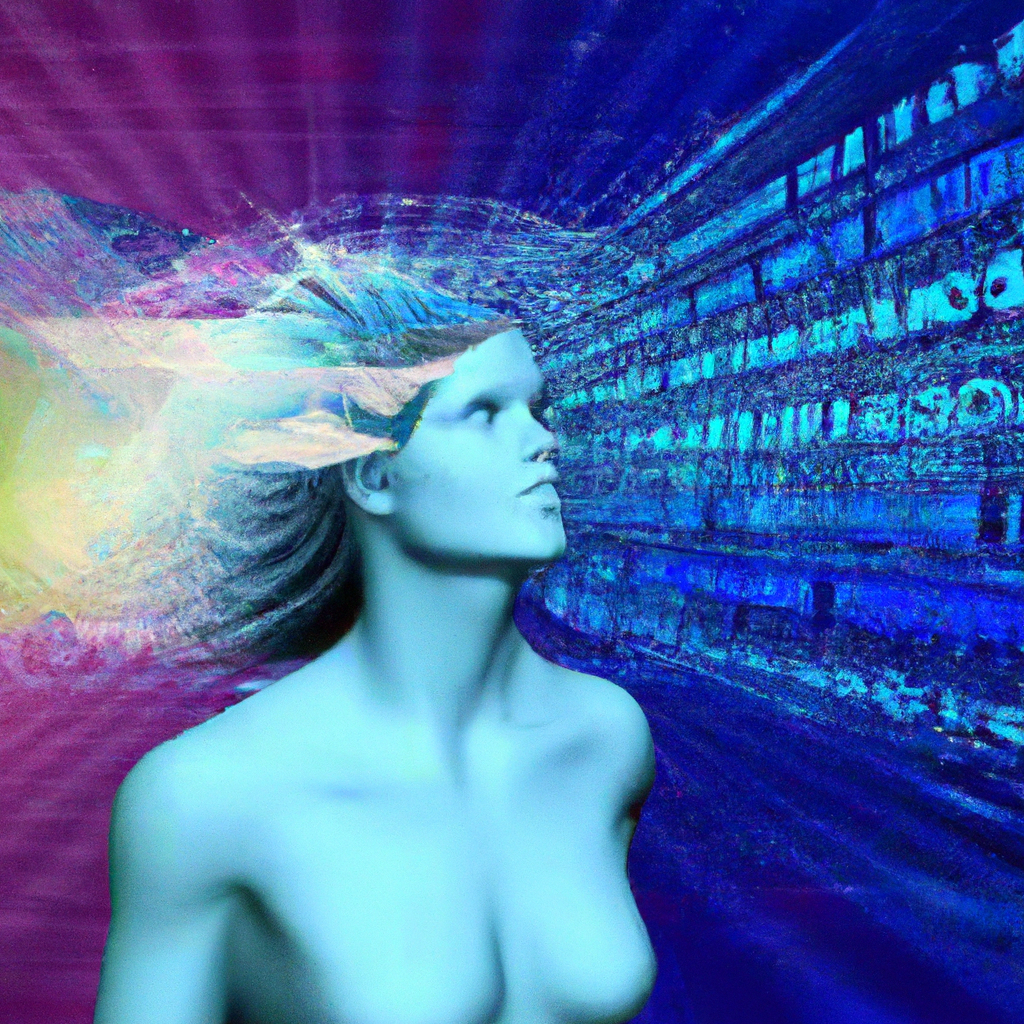Have you ever wondered what exactly computer vision is? Well, computer vision is a field of artificial intelligence that focuses on enabling computers to interpret and understand visual information from images and videos. It involves developing algorithms and models that allow computers to automatically analyze and extract meaningful information from visual data, just like how our human vision works. From self-driving cars to facial recognition systems, computer vision has the potential to revolutionize various industries and improve our daily lives. So, let’s explore this fascinating world and uncover the wonders of computer vision! Computer vision is a branch of artificial intelligence that enables computers to interpret and understand visual data from images or videos. It involves the development of algorithms and techniques that allow computers to gain insights from visual information in a way that mimics human vision. By using computer vision, machines are able to recognize and interpret objects, people, text, and other elements present in images or videos.

Definition
Computer vision refers to the technology and methods used to enable machines to gain visual understanding from images or videos. It involves analyzing and interpreting visual data to extract meaningful information. This field combines various disciplines such as computer science, mathematics, and image processing to develop algorithms that simulate human vision and perception.
History of Computer Vision
The field of computer vision dates back several decades. In the 1960s, researchers began exploring the idea of teaching computers to understand visual information. Early computer vision systems focused on simple image processing tasks such as edge detection and image segmentation.
In the 1970s and 1980s, advancements in technology and computational power led to the development of more sophisticated computer vision techniques. Researchers started building systems that could recognize objects and interpret scenes from images. These systems relied on handcrafted features and rule-based algorithms.
The 1990s and early 2000s saw significant progress in computer vision, thanks to the emergence of machine learning techniques. Researchers started using statistical methods to automatically learn features and classify objects in images. This marked a shift from manually designing features to letting the algorithms extract relevant information.
Nowadays, computer vision has become a fundamental aspect of many applications and industries, including robotics, autonomous vehicles, healthcare, surveillance, and more. The field continues to evolve and advance with the development of deep learning algorithms, which have revolutionized the capabilities of computer vision systems.

Applications of Computer Vision
Computer vision has a wide range of applications across various industries and domains. Let’s explore some of the key areas where computer vision technology plays a crucial role:
Robotics:
Computer vision is essential in enabling robots to perceive and interact with the physical world. Robots equipped with computer vision systems can navigate complex environments, recognize objects, and perform tasks such as object manipulation, sorting, and assembly.
Autonomous Vehicles:
Computer vision is a critical component of autonomous vehicles, allowing them to perceive and understand their surroundings. Computer vision is used for lane detection, traffic sign recognition, pedestrian detection, and object tracking, all of which are vital for safe and reliable self-driving cars.
Healthcare:
Computer vision has numerous applications in healthcare, including medical imaging analysis, disease diagnosis, and surgical assistance. Computer vision algorithms can analyze medical images such as X-rays, MRIs, and CT scans to detect abnormalities, assist in diagnosis, and aid in treatment planning.
Surveillance and Security:
Computer vision is used in surveillance systems to monitor and analyze video feeds for security purposes. Facial recognition algorithms can identify individuals, while object tracking and anomaly detection help detect suspicious activities and alert security personnel.
Augmented Reality (AR) and Virtual Reality (VR):
Computer vision is integral to AR and VR technologies. It enables the overlay of digital content onto the real world and allows users to interact with virtual objects. Computer vision algorithms track the user’s head movements and gestures to provide an immersive and interactive experience.
Retail and E-commerce:
Computer vision is utilized in retail and e-commerce for various tasks, such as product categorization, visual search, and inventory management. It allows customers to search for products using images and helps businesses automate processes related to inventory tracking and quality control.

Techniques Used in Computer Vision
Computer vision utilizes various techniques and algorithms to analyze and interpret visual data. Let’s explore some of the key techniques used in computer vision:
Image Acquisition
Image acquisition is the process of capturing images or videos using cameras or other imaging devices. This step is crucial as it determines the quality and accuracy of the visual data that will be processed by computer vision algorithms. Different types of cameras, sensors, and imaging techniques can be used depending on the application and the desired level of detail.
Image Processing
Image processing involves manipulating and enhancing images to improve their quality or extract useful information. This can include tasks such as image denoising, image enhancement, image resizing, and color correction. Image processing techniques are used to prepare visual data for further analysis and interpretation.
Feature Extraction
Feature extraction is a fundamental step in computer vision, where relevant visual features are identified and extracted from the input images. These features can include edges, corners, textures, or more complex patterns. Feature extraction algorithms aim to capture distinctive and discriminative information that can be used for object recognition, classification, or other tasks.
Machine Learning in Computer Vision
Machine learning plays a crucial role in computer vision, enabling algorithms to automatically learn patterns and features from large amounts of labeled or unlabeled data. Deep learning, a subset of machine learning, has been particularly successful in computer vision. Deep neural networks can extract high-level features directly from raw images, allowing for more accurate object recognition and scene understanding.

Conclusion
Computer vision is a rapidly evolving field that has made remarkable progress in recent years. By leveraging computer vision technology, machines are now able to interpret and understand visual data, enabling them to perform tasks that were once exclusive to human vision. From robotics and autonomous vehicles to healthcare and surveillance, computer vision has applications in a wide range of domains. With ongoing advancements in machine learning and deep learning, the potential of computer vision continues to expand, promising even more exciting possibilities in the future.










